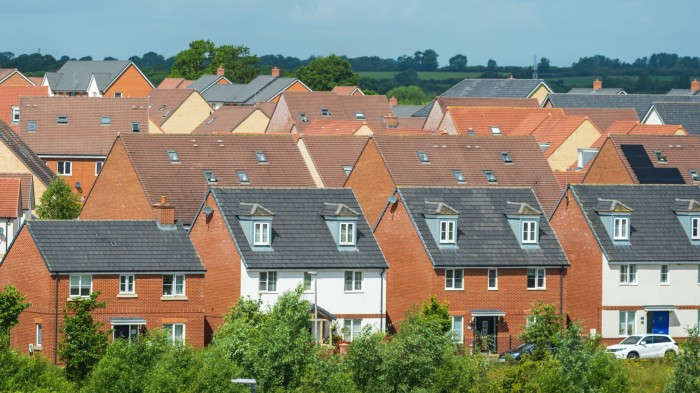Unlock the Editor’s Digest for free
Roula Khalaf, Editor of the FT, selects her favourite stories in this weekly newsletter.
Government plans for a dozen new towns in England in the coming years could cost up to £48bn according to a report examining the best locations to build the new wave of conurbations.
The study by consultancy WPI Strategy identified Milton Keynes as the most favourable of 12 potential “trailblazer” locations for new settlements of 10,000 homes or more.
The research, which has been submitted to the government’s new towns task force, looked at spatial and economic tests as well as potential public acceptability to work out which sites could be the easiest to deliver big new housing projects.
Other areas that scored highly on the criteria included Leeds, South Gloucestershire, Central Bedfordshire, Wiltshire and Huntingdonshire.
The government is set to publish its initial list of locations that will get public investment this summer. Officials say it will include Tempsford, a village in Bedfordshire sitting at the intersection of the existing East Coast main line and the planned East-West rail line between Oxford and Cambridge.
The WPI report said the average cost of each development was likely to be “something like £3.5bn to £4bn per town” — equating to £48bn in total — even if much of this would be recouped over the long term.
It recommends a “partnership funding and community development model” to bring together investment from the public and private sectors.
“Government can use its new fiscal rules to borrow to fund base infrastructure and public sector aspects, repaying itself over time,” WPI said. “This de-risks and attracts long-term, private patient capital investment in housing and further infrastructure delivery to ensure adequate funding.”
Sir Keir Starmer, prime minister, has set an ambitious target of getting private sector housebuilders to deliver 1.5mn new homes during the current parliament, but the plan for a wave of new towns is a longer-term initiative.
More than 100 sites across England have put themselves forward as candidates to become new towns, including extensions to existing conurbations, with ministers aiming to start construction by the end of this parliament.
Starmer hopes to replicate the successful wave of new towns built in the aftermath of the second world war in places such as Welwyn Garden City, Crawley and Stevenage in England, Cwmbran in Wales and East Kilbride in Scotland.
But more recent attempts to revive the concept — such as “ecotowns” under Gordon Brown’s Labour government or new towns under David Cameron’s Conservative-led coalition of 2010-15 — have largely failed to get off the ground.
On Tuesday experts will be interviewed by the House of Lords built environment committee on the challenges involved in getting new towns off the ground.
Ministers hope changes to compulsory purchase orders (CPOs) could help reduce the upfront costs of piecing together appropriate sites for the developments.
Last autumn the government introduced a new measure allowing councils to seek CPOs for land based on its existing value, rather than the higher “hope value” that is often used when giving planning permission.
The other six sites identified by WPI as most appropriate for new towns were West Northamptonshire, Mid Devon, South Cambridgeshire, Winchester, East Hertfordshire and Northumberland.




